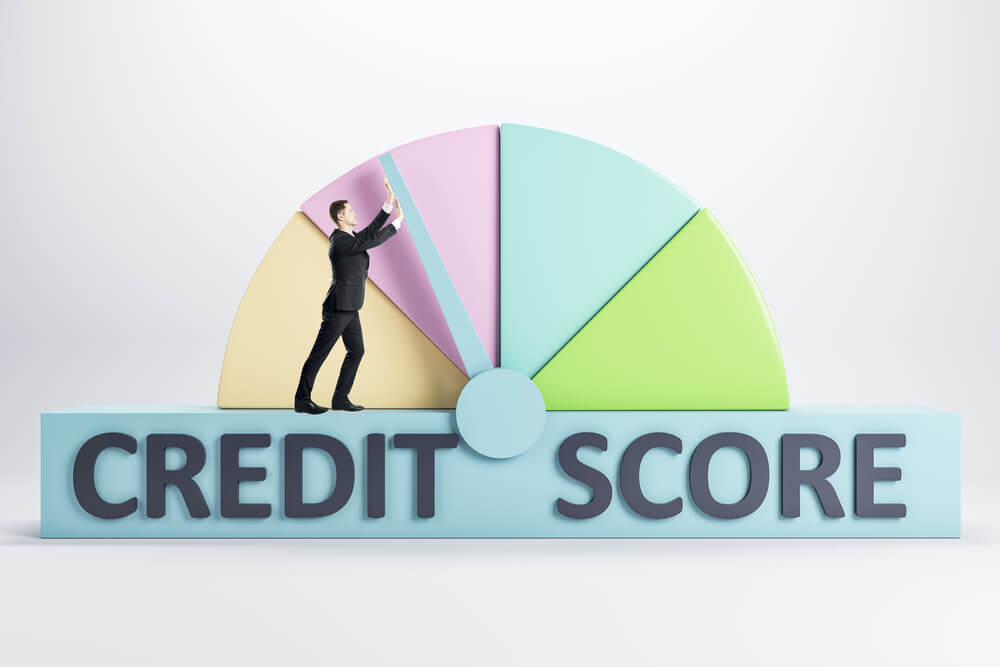Paying off credit cards is much more manageable when you know what strategies to use, and Idaho Title Loans, Inc. will show you the best ones. In this quick guide, you’ll learn how to make your debt repayment much more efficient by following proven methods.
As you read, you’ll also learn a few helpful financial planning tips to avoid taking on any new credit card debt.
The Two Best Strategies For Paying Off Credit Card Debt
The two best credit card debt-payment strategies are the Debt Avalanche and the Debt Snowball Effect.
Both timeless strategies are tried and tested and countless people have successfully used them to pay off credit card debt.
These strategies will work well no matter which one you choose. However, you must pick the one that suits your personality and preferences. Doing so will ensure you have no problems sticking with them in the long run.

Here’s what you need to know to make a decision that suits you and your situation:
Strategy 1: The Debt Avalanche
When you follow the Debt Avalanche strategy, you’ll prioritize paying off the most expensive credit card debt first. That means you’ll focus on the one with the highest interest rate while paying the minimum amounts on all your other cards.
Once you pay off that card, shift your focus to the next most expensive card and repeat the process.
This approach is good for you if you prefer a more mathematical approach or are most concerned about interest rates.
Strategy 2: The Debt Snowball
On the other hand, the Debt Snowball strategy involves paying off the smallest debt first, regardless of the interest rates.
The idea is that you’ll get a quicker win by first targeting the smallest debts. That will help you stay motivated to pay off the smallest remaining credit card debt after that.
While the Debt Avalanche approach focuses on the biggest to smallest (in terms of interest rates), the Debt Snowball strategy focuses on going from the smallest to largest (in terms of outstanding balances).
The Debt Snowball approach might be better if you’re worried about long-term motivation. The smaller and quicker wins will help you stay driven until the end.
How To Avoid Putting New Charges On Your Credit Card
The Debt Avalanche and Debt Snowball strategies work only if you avoid making new credit card charges.
Here’s how you can stop adding new debt to your credit cards:
1. Remove Recurring Charges
First, remove any recurring charges on your credit cards. A typical example would be subscription services that are set to renew automatically.
Instead, choose to pay those charges manually every month.
2. Lock The Card Away
Next, keep your physical credit cards at home, locked away somewhere safe. That will discourage you from using them except for in absolute emergencies.
3. Careful Budgeting
Most of your expenses are predictable, which means you can carefully budget them in advance. That way, you won’t need your credit card to cover surprise expenses.
4. Remove Saved Credit Card Info Online
Remember to remove the credit card information that’s saved online. Doing so will ensure you won’t make impulse purchases online that are automatically charged to your card.
5. Build An Emergency Fund
Last, an emergency fund should be built as soon as possible. That way, you won’t need your credit card even for emergency expenses.
The general rule of thumb is to save enough money in that fund to cover your living expenses for 6-12 months. As such, building a fully funded emergency fund might take quite some time.
If a financial crisis occurs in the meantime and you need quick money, consider getting a short-term loan.
Some finance options to consider are title loans, payday loans, and signature installment loans.

Here’s what you need to know about each one:
- Title loans: This option enables you to use your lien-free car title as collateral to secure a loan. You can borrow up to $15,000, depending on how much your car is worth. A representative will inspect the vehicle to let you know how much you can borrow. The requirements for this type of loan include; a lien-free title, the vehicle for a quick inspection, and a state-issued ID, such as your driver’s license.
- Payday loans: These loans don’t require collateral and can get you between $100 and $500. You’ll need to provide a few other documents, like your driver’s license, your latest pay stub, and a blank check from your active checking account.
- Signature installment loans: You can also use this type of loan for an emergency. With just a few documents you can qualify for $1,250 quickly without providing any collateral.
Having multiple ways to pay for emergencies can prevent new charges on your credit cards and help you pay them off quickly!
Ready? Start Now!
The best time to start paying off credit cards is now, so use the financial planning tips mentioned above. Repaying your credit card debt using the best debt repayment strategies will help you improve your long-term economic health.
Idaho Title Loans, Inc. is also here to help if you experience any financial emergencies, in the meantime. Start by completing and submitting our short online request form so one of our representatives can call you with details!
Note: The content provided in this article is only for informational purposes, and you should contact your financial advisor about your specific financial situation.







